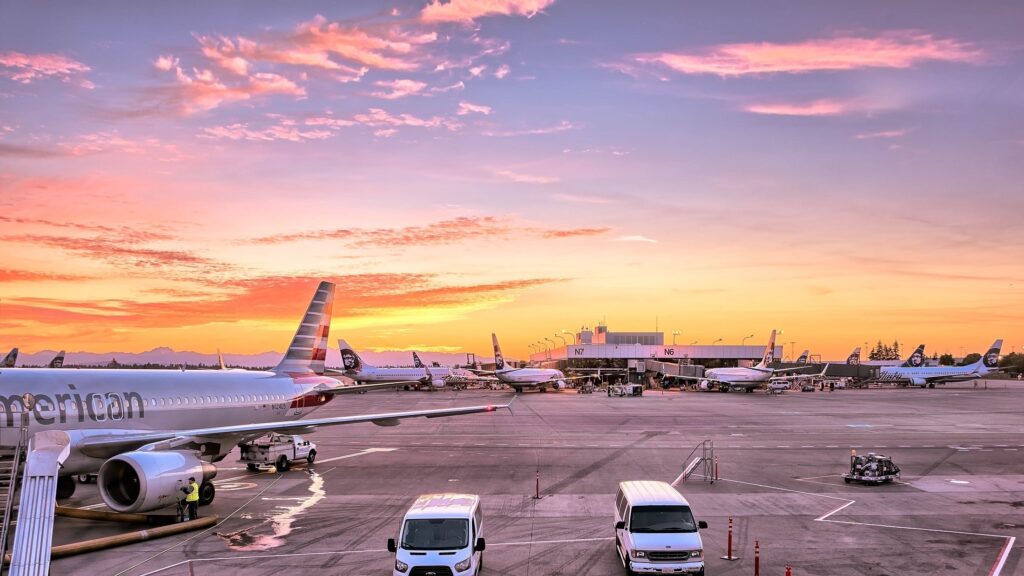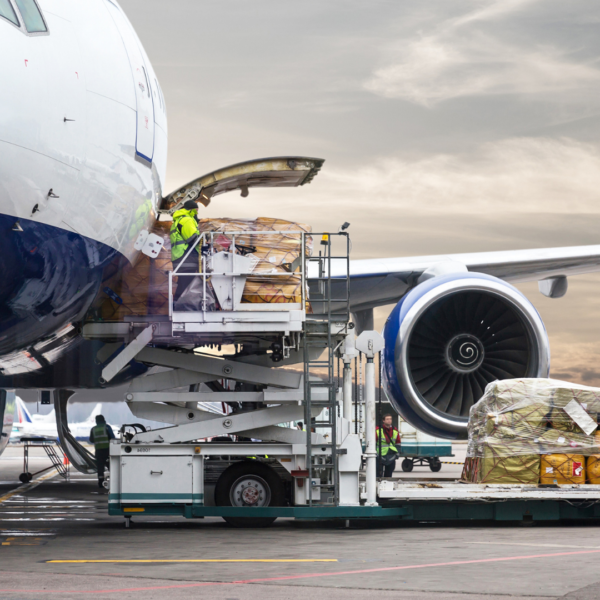Introduction

As a responsible organization, it is essential to follow all regulations and guidelines when shipping hazardous materials. Whether it’s hazardous waste, chemicals, or other hazardous materials, the consequences of non-compliance can be severe. In this article, we will cover the essential guidelines for shipping hazardous materials safely and legally.
Overview of Hazardous Materials
Hazardous materials are any materials that may pose a threat to health, safety, or the environment. The U.S. Department of Transportation (DOT) regulates hazardous materials transportation to ensure that hazardous materials are packaged, labeled, and transported safely. The DOT Hazardous Materials Regulations (HMR) provide guidance on the proper handling and transportation of hazardous materials.
Classification of Hazardous Materials
Before shipping hazardous materials, it is crucial to understand the classification system. The DOT uses a classification system that identifies nine hazard classes for hazardous materials. These classes include explosives, gases, flammable liquids, flammable solids, oxidizing substances, toxic substances, radioactive materials, corrosives, and miscellaneous hazardous materials.
Packaging and Labeling Requirements
Proper packaging and labeling are critical when shipping hazardous materials. The DOT requires that all hazardous materials are packaged and labeled according to specific guidelines. The packaging must be designed and tested to withstand the hazards of transportation, and the label must accurately reflect the hazards associated with the material.
Proper Handling and Storage
Hazardous materials must be handled and stored carefully to prevent spills or other accidents. This includes using proper equipment and PPE, as well as ensuring that hazardous materials are kept separate from incompatible materials during storage and transportation.
Shipping Papers
Shipping papers are a critical component of shipping hazardous materials. They provide important information about the hazardous material being shipped, including the proper shipping name, hazard class, identification number, and emergency contact information. Shipping papers must accompany the hazardous materials throughout their transportation journey.
Proper Documentation: It’s important to have all necessary documentation when shipping hazardous materials. This includes the shipping papers we previously mentioned, as well as any permits or licenses required for the material being shipped. In addition, it’s crucial to maintain accurate records of all hazardous materials shipped and received, as well as any incidents that occur during transportation.
Training Requirements
All individuals involved in the transportation of hazardous materials must receive proper training. The DOT requires that employees receive general awareness, function-specific, safety, and security awareness training. This training must be documented and kept on file for at least three years.
Emergency Response Planning
In case of an accident or incident during transportation, it’s important to have a comprehensive emergency response plan in place. This should include procedures for notifying emergency responders, containing spills or leaks, and protecting workers and the public from exposure to hazardous materials.
Use case
Here’s an example of how proper shipping procedures can help prevent accidents and protect the environment:
Imagine that a company needs to ship a large quantity of flammable liquids, such as gasoline or diesel fuel, from one location to another. Without proper precautions, this type of shipment could easily result in a spill or leak, leading to a fire or explosion.
To prevent such incidents, the company would need to follow all relevant regulations and best practices for shipping hazardous materials. This would include:
- Proper Packaging: The flammable liquids would need to be packaged in approved containers that are designed to prevent leaks or spills. These containers would also need to be properly labeled and marked with the appropriate hazard warnings.
- Proper Documentation: The company would need to prepare and include all necessary shipping papers, including the proper identification of the material, the amount being shipped, and any applicable hazard warnings. They would also need to maintain accurate records of all hazardous materials shipped and received.
- Proper Handling and Storage: The company would need to ensure that the flammable liquids are handled and stored properly to prevent spills or leaks. This would include using proper equipment and PPE, as well as ensuring that hazardous materials are kept separate from incompatible materials during storage and transportation.
- Emergency Response Planning: The company would need to have a comprehensive emergency response plan in place in case of an accident or incident during transportation. This would include procedures for notifying emergency responders, containing spills or leaks, and protecting workers and the public from exposure to hazardous materials.
By following these procedures, the company can help ensure that the flammable liquids are shipped safely and securely, reducing the risk of accidents and protecting the environment. Proper shipping procedures not only help protect workers and the public from exposure to hazardous materials, but they also help prevent damage to property and the environment.
Conclusion
Shipping hazardous materials can be a complex and challenging process. However, following the guidelines and regulations set forth by the DOT can ensure the safe and legal transportation of hazardous materials. By understanding the classification system, packaging and labeling requirements, shipping paper requirements, and training requirements, organizations can avoid costly fines and ensure the safety of their employees and the environment.
More infos can be found in the below ressources :
- CFR49: This is the official website for the Code of Federal Regulations Title 49 – Transportation, which includes regulations related to the transportation of hazardous materials. https://www.govinfo.gov/app/collection/cfr/2021/title49
- FAA Hazmat Regulations: This website provides information on the Federal Aviation Administration’s (FAA) regulations for the shipment of hazardous materials by air. https://www.faa.gov/hazmat/
- Pipeline and Hazardous Materials Safety Administration (PHMSA): This is the agency within the U.S. Department of Transportation that is responsible for regulating the transportation of hazardous materials, including by rail, road, and waterways. https://www.phmsa.dot.gov/




